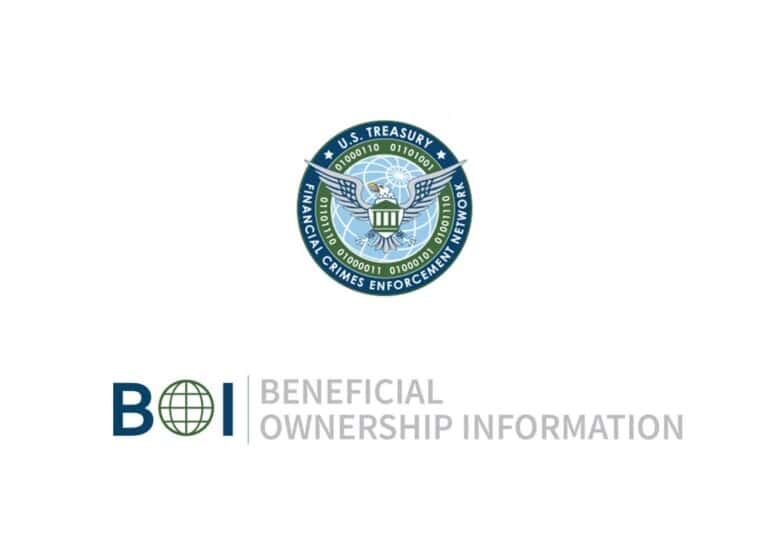
Batley CPA Tax & Business Alert July 2025
Don’t let the name “nanny tax” fool you. It’s a tax that applies to the wages of a variety of types of household help you hire.

Don’t let the name “nanny tax” fool you. It’s a tax that applies to the wages of a variety of types of household help you hire.

If you’ve filed your 2024 tax return, you may be eager to do some spring cleaning, starting with tax-related paper and digital clutter.

If you’ve filed your 2024 tax return, you may be eager to do some spring cleaning, starting with tax-related paper and digital clutter.

If you’ve filed your 2024 tax return, you may be eager to do some spring cleaning, starting with tax-related paper and digital clutter.

If you own or manage a business with employees, you could be personally responsible for paying a harsh tax penalty. It’s called the Trust Fund Recovery Penalty (TFRP). It applies to Social Security and income taxes, which must be withheld from employees’ wages.

When your business places newly acquired qualifying assets into service, tax-saving benefits are generally available. Under Section 179 of the tax code, businesses can take substantial depreciation deductions, with limits based on their taxable income.

Wouldn’t it be great if your employees worked as if they owned part of the company? An employee stock ownership plan (ESOP) could make that a reality.

In light of a recent federal court order, reporting companies are not currently required to file beneficial ownership information with FinCEN and are not subject to liability if they fail to do so while the order remains in force. However, reporting companies may continue to voluntarily submit beneficial ownership information reports.

If someone suggests that you should have your business appraised, you might wonder if that’s a subtle suggestion that you should retire and sell the company.

The Corporate Transparency Act (“CTA”) was enacted by Congress on a bipartisan basis on January 1, 2021, as part of the National Defense Authorization Act.